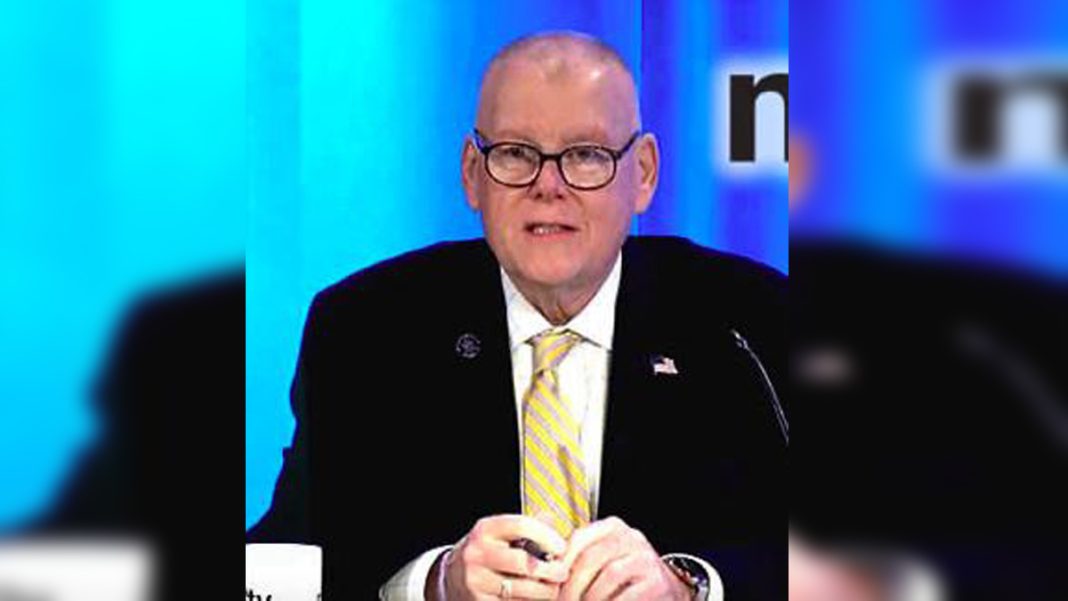On September 18, a significant legal battle unfolded as energy companies, supported by 23 states, urged the Supreme Court to intervene against new federal regulations aimed at limiting emissions from coal-fired power plants. This request came just days after the federal government advocated for the continuation of these stringent limits under the Environmental Protection Agency’s (EPA) mercury and air toxics standards (MATS). The ongoing case, NACCO Natural Resources Corporation v. EPA, has drawn attention not only for its implications on public health but also for the economic ramifications it poses for the energy sector.
At the heart of the matter is an emergency application initially filed by NACCO and its co-applicants, which include a coalition of states like Virginia, Texas, and North Dakota, alongside major companies such as Associated Electric Cooperative Inc. and the National Mining Association. The companies argue that the new emissions standards will not yield significant public health benefits, while imposing unnecessary costs that could run into the billions.
In August, the U.S. Court of Appeals for the District of Columbia Circuit denied the companies’ request to pause the implementation of the new regulations, stating they did not meet the stringent criteria required for such a stay. The EPA, however, maintains that the MATS rule is essential for safeguarding public health and the environment. According to their projections, by 2017, mercury emissions had plummeted by 86%, with significant reductions in other hazardous pollutants as well.
The EPA’s stance is clear: the law mandates it to enforce the strictest possible limits on emissions. As technology continues to advance, the agency argues that emissions standards can—and should—be made even tougher. This is a point underscored by U.S. Solicitor General Elizabeth Prelogar, who highlighted that the Clean Air Act requires the EPA to act decisively to protect public health, even when current emissions are deemed low.
Critics of the new regulation, however, argue that the EPA’s rationale for imposing further reductions is flawed. They point to an April regulatory impact analysis where the agency acknowledged that the risks associated with power plant emissions were “below levels of concern from a public health standpoint.” This contradiction has fueled the claim that the EPA’s push for more stringent standards is unnecessary and economically burdensome. The industry brief contends that the costs of compliance could approach $1 billion, which they argue is unjustifiable given the minimal expected health benefits.
The legal back-and-forth highlights a growing tension between environmental regulations and economic considerations in the energy sector. While the government emphasizes the health and environmental benefits of the MATS rule, critics argue that the benefits don’t justify the costs, especially when the current emissions levels are already low. This debate is not merely academic; it has real-world implications for energy companies, consumers, and policymakers alike.
As the Supreme Court considers the emergency application, the future of the MATS rule hangs in the balance. Chief Justice John Roberts has yet to act on the request, leaving stakeholders in a state of uncertainty. The outcome of this case may not only shape the future of emissions standards but could also set a precedent for how environmental regulations are crafted and enforced in an era where public health and economic viability are often at odds.
This complex interplay of environmental policy, public health, and economic impact underscores the challenges that lie ahead. As technology evolves and the landscape of energy production shifts, the conversation around emissions standards will undoubtedly continue, demanding careful consideration from all parties involved. In an age where climate change and pollution are pressing issues, finding a balanced approach that safeguards both public health and economic interests is more crucial than ever.
